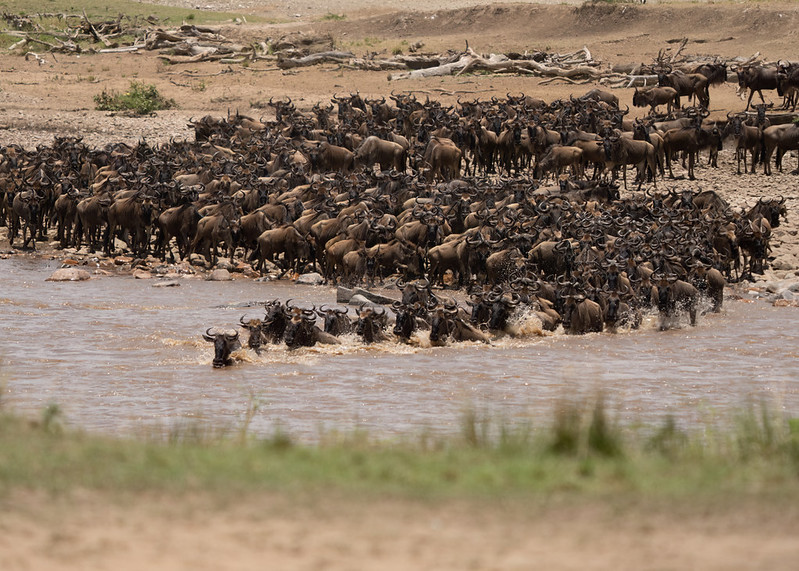A Comprehensive Look at the History of Ngorongoro Conservation Area
A Comprehensive Look at the History of Ngorongoro Conservation Area
History of Ngorongoro Conservation Area.
Ngorongoro conservation area was found in the late 19th century by the Austrian explorer Oscar Baumann. After its foundation, the entire region was exploited in various ways until the British created the Serengeti National Park in 1951, which included the current Ngorongoro Conservation Area, safeguarding it against overexploitation and rampant poaching.
When the Ngorongoro Conservation Area was formally established in 1959, it significantly altered the land’s use. Up until that point, it had been seen as a location that protected both the rights of indigenous populations and the natural world, with some limitations in place to maintain the ecosystem’s equilibrium.
The three main goals are to protect native interests, promote the conservation of natural resources, and, last but not least, promote ecotourism. All of these goals are meant to be met in a way that is equitable and free from unfavorable effects; striking this balance was difficult to achieve but necessary for the project to continue.
The Ngorongoro Conservation Area was listed as a UNESCO Biosphere Reserve in 1979 and given the designation of World Heritage Site. It was further granted the designation of Cultural Conservation Area in 2010.
However, the history of this region goes all the way back to a much more distant era: the Olduvai Gorge, one of the most significant archaeological sites in the world, is located in the Ngorongoro Conservation Area.
There used to be a lake here millions of years ago, and the several volcanoes that were active at the time left layers upon layers of volcanic ash on the banks.
The many layers that made up the gorge’s walls were exposed when a powerful seismic event that occurred about 500,000 years ago began to form deep rifts in the sedimentary rocks that had been deposited over hundreds of thousands of years earlier.
In addition to retracing the geological history of the region, archaeologists and geologists who began to focus on this gorge also made a significant discovery: a variety of hominid and extinct animal remains were found, which allowed for a partial reconstruction of human history over the last three million years and refuted some preconceived notions about human evolution.
It would be possible to prove that many hominid species had lived in this region at different eras. At first, they were all hunters and gatherers, and until a few thousand years ago, they evolved into cow breeders.




